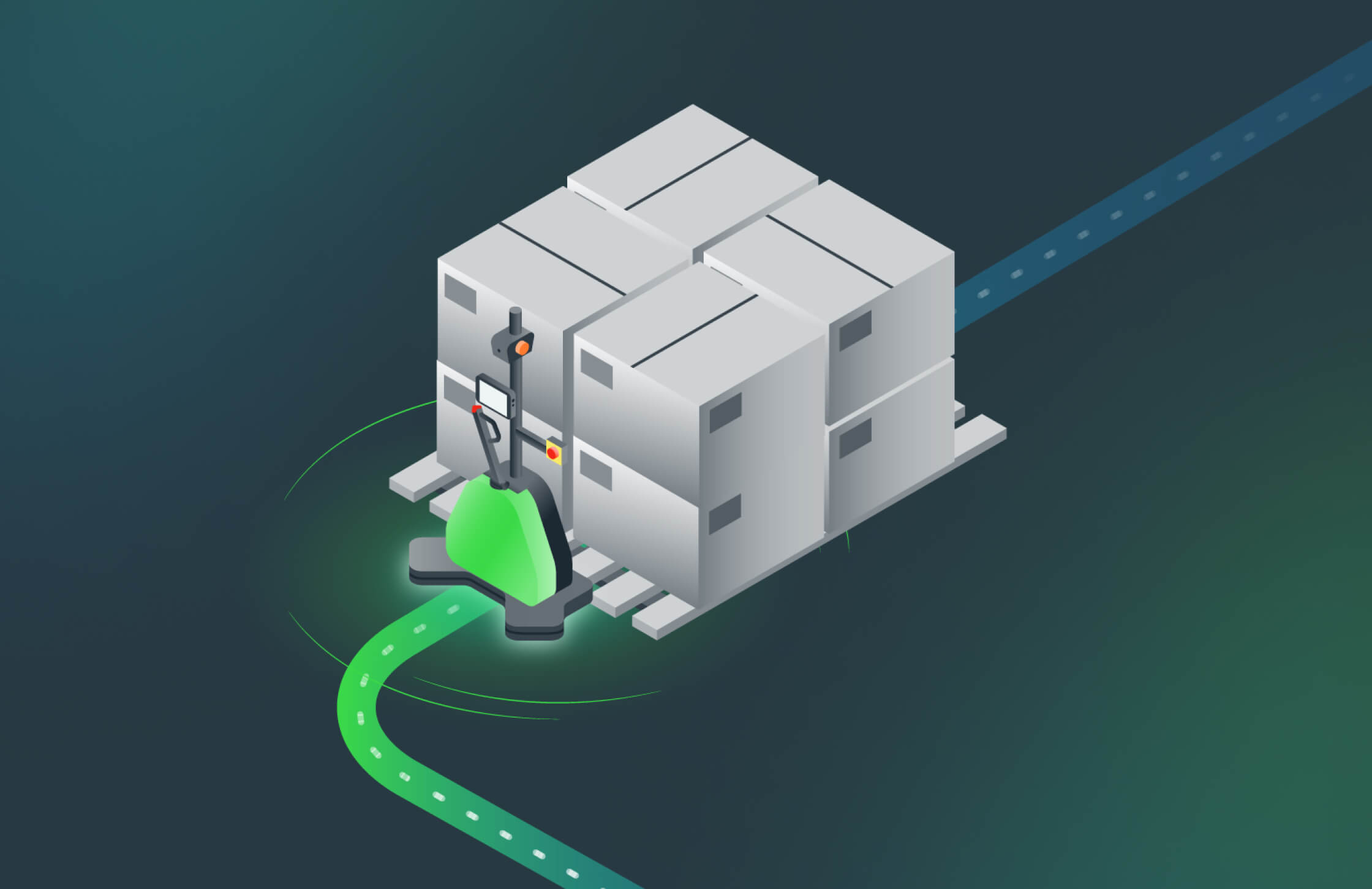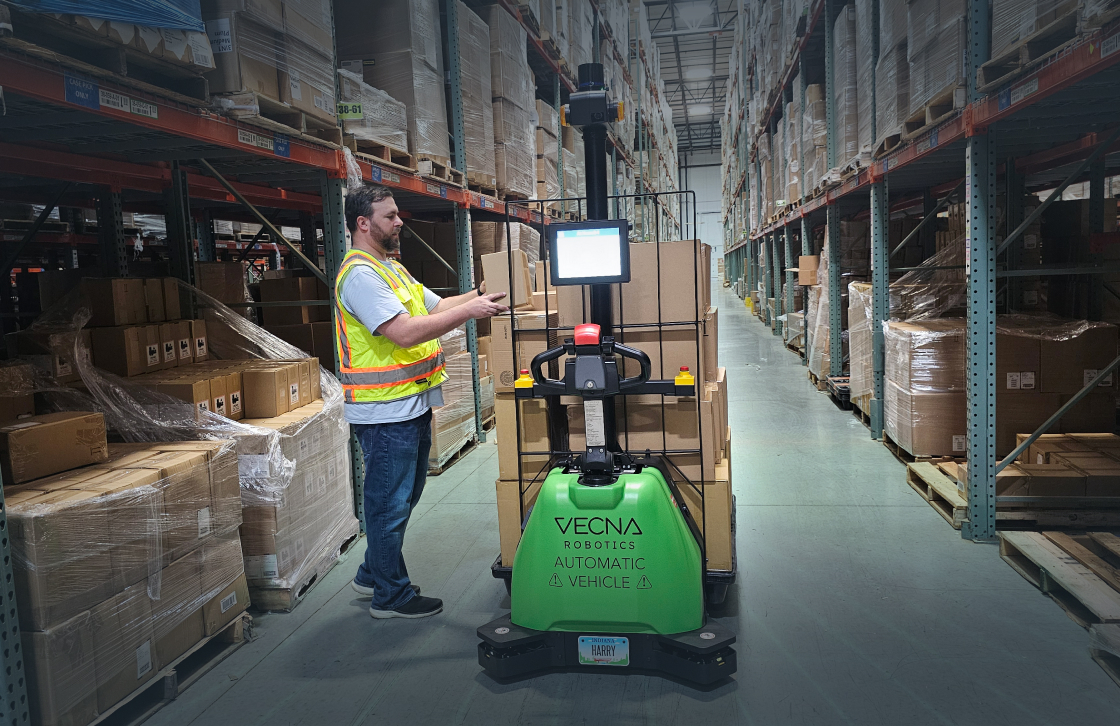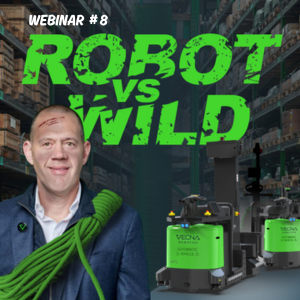Pallet handling robots have become a powerful tool for automating mundane tasks and are proving to be invaluable assets for warehouses across the world. Yet with so many types of technology on the market, it can be challenging to identify which use cases are best suited for this form of automation.
Let’s inquire into how best to determine the most effective applications to automate. We’ll include various factors such as rapid payback and scalability.
Analyze workflows: Identify the pain points
Start by assessing the material flows in your facility. Zoom in on the most prominent operations of your supply chain and look for bottlenecks. When you consider using pallet-moving robots for a workflow, consider the upstream and downstream impacts. Make sure that by automating one process, you’re not simply shifting a bottleneck to another material flow.
Assess your payload size and characteristics
The first distinction among pallet-moving robots is their payload capacity, so getting an average of the size and weight of your payloads is crucial. Consider also what you want the maximum cargo of the pallet-moving robot to be. Be aware of the flexibility you require when considering payloads.
Some additional important questions about the nature of the payload – are you moving full or mixed pallets? Are there particularly heavy loads being moved? Think about the packaging process when analyzing your material flows and how that could influence the type of robot you need. Take heed of how the products are moved currently – manually, by forklift, or by conveyor belt. The answers to these questions will help to focus your choice of automated material handling equipment. For example, some pallet-moving robots can autonomously pick up payloads from conveyor belts, while others cannot.
Which material transportation flows require the most labor?
Labor is the largest source of warehouse operating costs, so identify which workflows are the most time and labor-intensive. Consider the fully-burdened and hidden labor costs, including which labor resources are the most impactful and which are the hardest to find. AMRs can significantly impact this area.
Look for processes that are predictable and repetitive
Pallet-moving robots are most effective for consistent and repeatable tasks. Additionally, look for workflows that operate across multiple shifts to maximize the benefits of automation. Automating long-distance travel and recurring material movements will yield the most rapid return on investment. Your process analysis should also include considering congestion and examining exceptions. How would an automated system respond to these challenges?
Best environmental conditions for successful automation
Pallet-moving robots work best and produce maximum benefits in facilities that are 200,000 square feet and larger. Robots deliver the most value when covering extensive horizontal space, freeing your people to concentrate on higher value tasks. Autonomous Mobile Robots, the modern generation of Automated Guided Vehicles, provide the most significant benefits in environments with Wi-Fi and a Warehouse Management System.
An additional consideration worth mentioning is that robots function best in clean facilities. Clutter and debris-strewn pathways can hamper the operation of even the best pallet-moving robots.
Choose a use case
Using the insight gained by this analysis, you can align your process and labor pain points with high-value use cases. You can more easily do so by matching your needs with proven automation solutions. It makes sense to research success stories in similar industries. Such case studies represent a valuable tool in helping to identify quick successes.
A best practice is to avoid trying to solve your most complex problems first. Instead, look for easy wins that offer rapid payback.
Choosing a suitable pilot site is vital. Look for use cases that, once proven successful, can be applied to other locations within the same site or in other facilities.
Understand your cost drivers
Keep in mind that multiple-shift use cases will deliver more rapid payback than single-shift ones.
With these considerations in mind, determine a preliminary business case. Approach potential vendors or consultants with enough data to get estimates of ROI and Return On Maintenance (ROM). You’ll want to include your standard operating procedures and key performance indicators. Check out Vecna’s Return on Robotics calculator for a detailed preliminary estimate of the key cost drivers for deploying automation within your facility.
Pallet-Moving Robots can help increase productivity and reduce costs within a business. While the potential is enormous, not all tasks are suitable for automating with robots, so it’s essential to identify the best use cases before going down the automation path. Look for the material transportation flows that are most labor-intensive. It’s vital to analyze workflows to identify the pain points and assess payload size and characteristics. The best processes to automate are those that are predictable and repetitive. Of course, environmental conditions influence automation’s success and should be considered when making decisions about pallet-moving robots.
If you’re still unsure how best to automate your processes or if this type of robot is appropriate for your situation, use our free webinar series as a guide. For more information about how to get started on your automation journey with pallet handling robots, visit our From No Bot to Robot page, or can contact us today to schedule a consultation with a factory automation expert.




